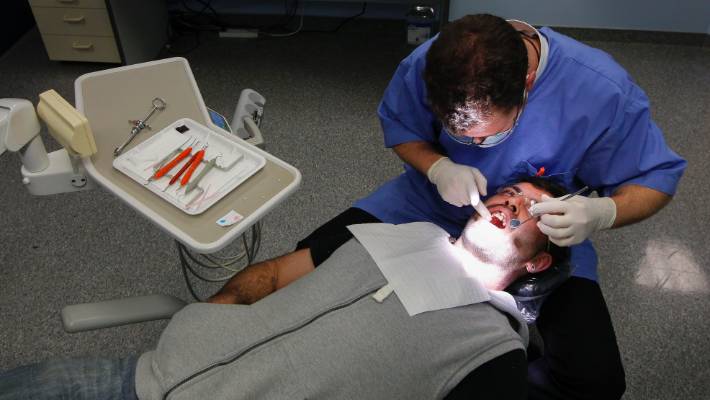There are few people who would be surprised by the fact that upwards of 60% of people in the world fear visiting the dentist. Dentist visits can be trying, even for the most fearless of patients, since it is not unusual that such visits mean having to endure long wait times, uncomfortable or even painful procedures, and sometimes lengthy post-procedure healing periods. Even a basic check-up can leave a patient with numbness or discomfort that persists for several hours after the visit.
But going to the dentist is a ‘necessary evil’ for anyone who wishes to maintain optimal dental, and general, health. Not only are healthy teeth aesthetically pleasing, but they can also aid in reducing a person’s risk for more serious health conditions like heart disease and cancer. Correctly aligned teeth and jaws can also ensure less jaw pain, teeth grinding, and even reduce cases of ear- or headaches and sinus issues.
Since good dental care is paramount to good health, more and more dentists are aiming to better assist their patients by making patient visits and any related procedures as comfortable as possible. The hope is that by offering a variety of alternative procedures and methods for reducing patient stress and pain, more people will be willing to make their necessary annual check-ups.
One approach leading this trend, as taken by Loxo Dental in Christchurch, is to offer patients the option of getting IV sedation during procedures. This means that patients can be awake and responsive, but are also in a relaxed state and feel no pain while a dentist works. This kind of option is particularly valuable for invasive and painful procedures like root canals. Another approach is for dentists to offer patients more personalised and immediate care. For example, DentalToday in Auckland offers same-day emergency dentistry that not only focusses on addressing the issue at hand, but enables patients to gain tailored follow-up treatments that can best assist in long-term care. Both dental practices also offer aesthetic and restorative dentistry solutions that can further help patients in improving their dental health and wellness in the long-term.
It is good to see that dentists in NZ seem to be offering more patient-sensitive solutions to their clients and that they are also aiming to build better personal relationships with their patients. Tailored treatments, treatments that focus on improving long-term dental health, and improved options for patient stress- and pain-relief during procedures could go a long way to advancing the overall health of the NZ population.


